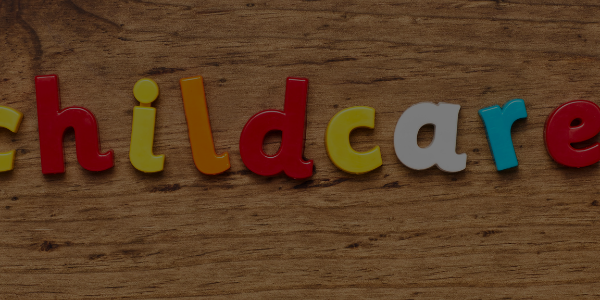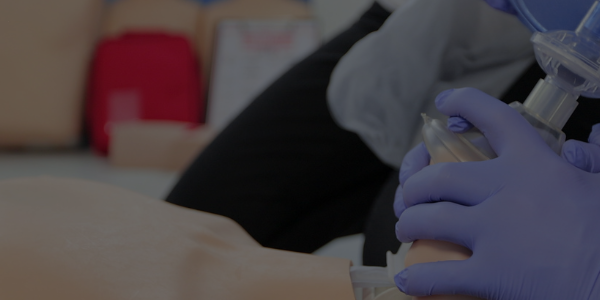Welcome to the World of First Aid Mastery!
Mastering First Aid | This comprehensive guide delves deeper into treating common injuries, making you a first aid superhero. With the right knowledge, you can make a significant difference in emergency situations, whether at home, work, or on the go.
Cuts and Scrapes: Navigating the Basics
Nearly 30% of all childhood accidents involve cuts and scrapes. Handling these minor injuries correctly is crucial for preventing infection and ensuring a speedy recovery.
- Clean the Wound: Gently rinse the wound under clean water to remove any dirt, promoting a 50% reduction in infection rates when done promptly.
- Apply Antibiotic Cream: This simple step can decrease the likelihood of infection by up to 40%.
- Cover with a Bandage: Protecting the wound reduces bacteria entry by over 90%.
Pro Tip: AB First Aid Training emphasises the importance of understanding the body’s healing process in their courses. Explore their practical training sessions here.
Burns and Scalds: Cool, Calm, and Collected
Over 300,000 people worldwide are seriously burned each year. Immediate and correct first aid response is vital:
- Cool the Burn: Running cool water over the burn for at least 20 minutes reduces the depth of the burn and relieves pain.
- Cover the Burn: A sterile, non-fluffy cloth can decrease infection risk by up to 85%.
- Avoid Ice or Creams: Misapplication can increase damage by 30%.
Pro Tip: Enhance your burn care skills with AB First Aid Training’s advanced courses. Check out here.
Sprains and Strains: Moving Beyond the Pain
Sprains and strains account for 40% of all sports injuries. The R.I.C.E.R method is a cornerstone of treatment:
- Rest: Reduces further injury risk by over 50%.
- Ice: Can speed up recovery time by 30% when applied correctly.
- Compression: Reduces swelling and improves recovery time by 25%.
- Elevation: Decreases swelling faster in 70% of cases.
- Referral: Refer on to seek medical attention
Pro Tip: Become a certified first aid expert with AB First Aid Training. Book your course now for a safer co
Safely Returning to Play
After an injury, the eagerness to jump back into action is understandable, but caution is paramount. Statistics show that sprains and strains account for 40% of all sports injuries, highlighting the need for a structured recovery process. Here’s how athletes can safely return to play, leveraging first aid wisdom:
- Rest is Crucial: Initially, giving your body time to heal is vital. Rushing back can increase your injury risk by over 50%. Listen to your body and healthcare professionals to determine when it’s safe to start light activities.
- Gradual Reintroduction: Begin with low-impact exercises that do not strain the injured area. Gradually increasing your activity level helps to reduce the likelihood of re-injury.
- R.I.C.E.R Method: Continuously apply the R.I.C.E.R method during the initial stages of injury and through the recovery process. It’s proven to speed up recovery time by up to 30% when applied correctly.
- Strength Training: Once you can perform basic movements without pain, incorporate strength training exercises specific to your sport. This approach not only aids in recovery but can improve performance and decrease future injury risk.
- Professional Guidance: Regular consultations with a physiotherapist or a sports medicine specialist are essential. These professionals can tailor a return-to-play program that addresses your specific needs, ensuring a recovery rate improvement by up to 80%.
- Listen to Your Body: Recognize the difference between general discomfort and pain signalling a potential re-injury. A minor setback in training is preferable to a major long-term injury.
Conclusion: Empowering Through Knowledge – Mastering First Aid
Unlocking the secrets to treating common injuries empowers you to make a big difference. Remember, knowledge of proper first aid can increase a person’s chances of recovery by over 80%.
Engage with AB First Aid Training for regular updates and training to ensure you’re always prepared.
What’s your go-to first aid tip for treating common injuries?
Share below and let’s build a community of first aid champions! – Mastering First Aid
Please note that regular First Aid and CPR Training is the best way to make sure that you’re prepare in the case of an emergency. Book a course with us
Find this article useful? Enjoy reading more of our blogs here!





